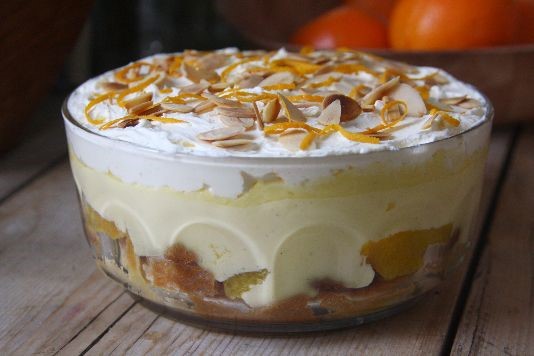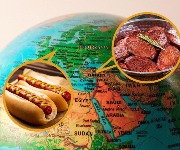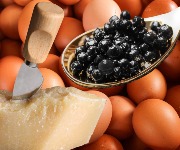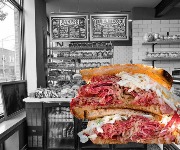How do you make your trifle?

Whether you buy it in a box or make it from scratch, there's one thing everyone agrees about trifle - no one can agree what goes into one
If nothing else starts a family fight this Christmas, asking what has gone into the trifle is guaranteed to initiate a debate. This show-stopping melange of biscuits and booze, cake, custard and cream, fruit, jelly and sugar sprinkles ransacks every cupboard in the kitchen in its preparation. But the correct combination of ingredients is the subject of heated personal and social prejudice, especially when it comes to the jelly.
Our top five trifle recipes |
Simple beginnings
The first trifle recipe appeared in the 1596 edition of Thomas Dawson’s The Good Huswife’s Jewell. It’s a delicate dish of cream stirred with sugar, ginger and rosewater that’s served warm. Simple and elegant, this fruitless fool was gradually ornamented over the next 150 years with biscuits, custard and fortified wine.
Hannah Glasse’s 1751 recipe in The Art Of Cookery Made Plain and Easy calls for Naples biscuits, macaroons and ratafia cakes “wet…all through with sack” and topped with boiled custard and syllabub. She decorates it with more ratafia cakes, redcurrant jelly, flowers and nonpareils.
It’s a riot of confectionery – five desserts in one bowl – and nine years later, in The Complete Confectioner, Glasse sets the biscuits and cakes in calves-foot jelly, which means jelly fans have history on their side.
Victorian show-stoppers
Victorian trifles were a gaudy mix of sponge, ratafias, macaroons, jam, jelly, fruit, sherry, brandy, custard and cream – often all at once. Mrs Beeton’s trifle is an ostentatious mix of cake, jam and dairy that she advises “may be garnished with strips of bright currant jelly, crystallized sweetmeats, or flowers”.
However, Mrs Beeton also gives three recipes that skip the sponge and alcohol entirely, layering cooked fruit, custard and cream or, in the case of her Indian trifle, leaving out the fruit and simply presenting a dish of set milk pudding, custard and decorative preserves. Modern trifle, the kind that might contain fruit and jelly or then again, might not, had arrived.
Fresh from the factory
In the 20th century trifle went mass market. Northern Food, who invented the UK’s first ready-meal for Marks & Spencer, also created their first fresh trifle. It was no easy process. The ingredients had to be layered so they didn’t mix, curdle or spoil while they sat in the chiller cabinets. The company’s chairman at the time, Lord Haskins, later admitted: “We lost a fortune on that trifle over the years but we really impressed M&S with our commitment.” The struggle was worth it – this year M&S sold 175,000 trifles a week.
Then there are Bird’s Trifles. Available in strawberry and raspberry flavours, these kits come with sachets of sponge fingers, jelly, custard powder, dream topping (fake cream) and sprinkles that you mix and layer at home. Given that Hannah Glasse expected her readers to buy in their Naples biscuits and decorations, buying a trifle in a box isn’t a total heresy, but an extension of the dessert’s historical precedent.
However you make your trifle, the Boxing Day buffet would be bereft without it. For my Orange and Almond Trifle Recipe, click here.
Also worth your attention
Will Torrent’s Luxury Christmas Trifle
Most Recent
Comments
Be the first to comment
Do you want to comment on this article? You need to be signed in for this feature








